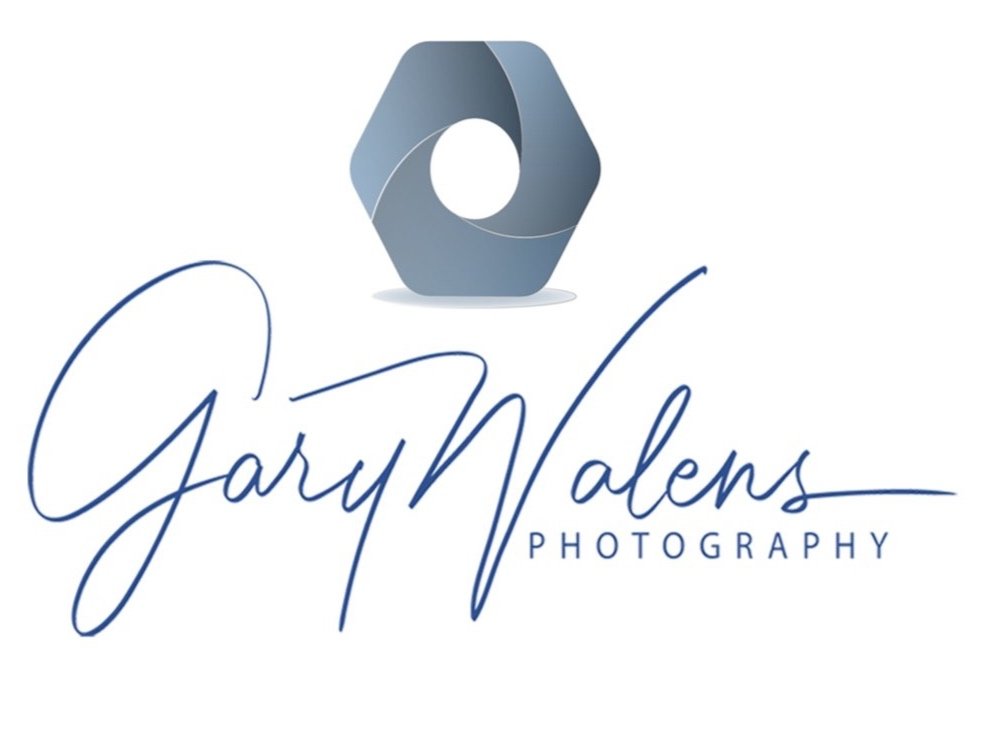Outfit Color Combination Tips Men Should Never Miss Out
Introduction: When it comes to fashion, understanding color combinations is crucial for creating stylish and coordinated outfits. The right combination of colors can elevate your overall look, enhance your features, and make a lasting impression. In this blog post, we will explore some essential outfit color combination tips that men should never overlook. By mastering these tips, you'll be able to confidently put together well-coordinated outfits that reflect your personal style and fashion sensibilities.
1. Stick to the basics: The foundation of any successful color combination lies in understanding the basics. Start by familiarizing yourself with primary colors (red, blue, and yellow) and secondary colors (green, orange, and purple). Additionally, learn about complementary colors (those opposite each other on the color wheel) and analogous colors (those adjacent to each other on the color wheel). This fundamental knowledge will serve as a solid starting point for experimenting with different color combinations.
2. Use neutrals as a base: Neutral colors such as black, white, gray, and navy blue are versatile and timeless. They serve as a solid foundation for your outfit and can be paired with almost any other color. A classic combination like a navy suit with a crisp white shirt is always a safe and sophisticated choice. Neutrals also allow you to experiment with bold and vibrant colors in accessories or accent pieces.
3. Harmonize with analogous colors: Analogous colors lie next to each other on the color wheel and naturally complement each other. This color scheme creates a harmonious and cohesive look. For example, pairing shades of blue and green or earthy tones like brown and olive can result in a visually pleasing outfit. When using analogous colors, consider playing with different shades and tones to add depth and dimension to your ensemble.
4. Make a statement with complementary colors: Complementary colors are located opposite each other on the color wheel. This combination creates a high-contrast and eye-catching effect. For a bold and impactful look, consider pairing complementary colors such as blue and orange, red and green, or yellow and purple. Keep in mind that the key to pulling off complementary color combinations is to balance the intensity of each hue, ensuring that neither color overwhelms the other.
5. Experiment with monochromatic looks: Monochromatic outfits consist of different shades and tones of a single color. This creates a sophisticated and refined appearance while offering simplicity in coordination. To nail a monochromatic look, vary the saturation and brightness of the color, combining lighter and darker shades. For instance, pair a light blue shirt with navy blue trousers and a royal blue blazer for a polished monochromatic ensemble.
6. Consider the occasion and season: When selecting color combinations, consider the occasion and the season. For formal events, stick to classic color combinations like black and white, navy and gray, or charcoal and burgundy. In summer, embrace lighter and brighter shades such as pastels, while fall and winter allow for deeper, richer tones like burgundy, forest green, or mustard yellow.
7. Add pops of color with accessories: Accessories are an excellent way to incorporate pops of color into your outfit. A vibrant tie, pocket square, or a well-chosen pair of socks can instantly uplift a neutral or monochromatic ensemble. Be mindful of coordinating these accessories with other elements in your outfit, ensuring they complement rather than clash with your chosen color scheme.
Conclusion: Mastering color combinations is an essential skill for any fashion-forward man. By understanding the basics, exploring analogous and complementary colors, experimenting with monochromatic looks, and considering the occasion and season, you'll be well on your way to creating stylish and well-coordinated outfits. Remember, fashion is an expression of your personality, so don't be afraid to experiment.
